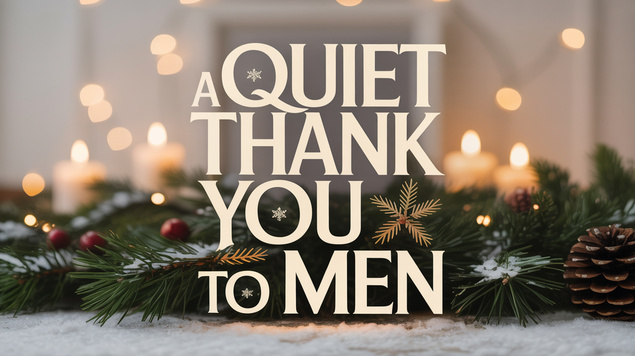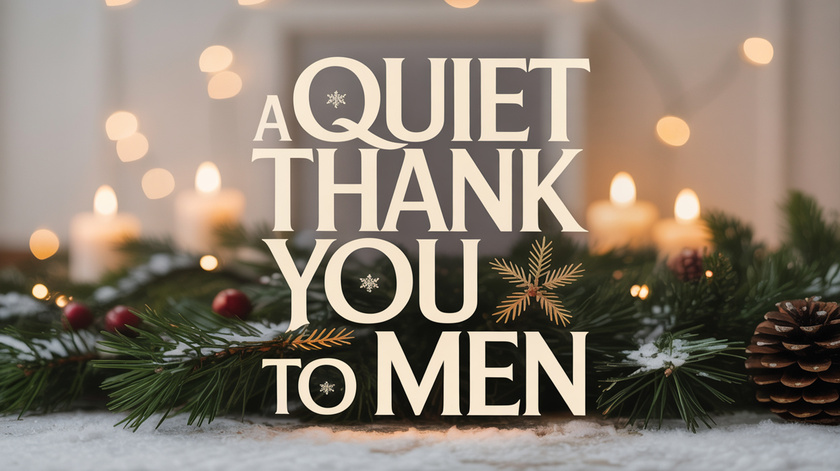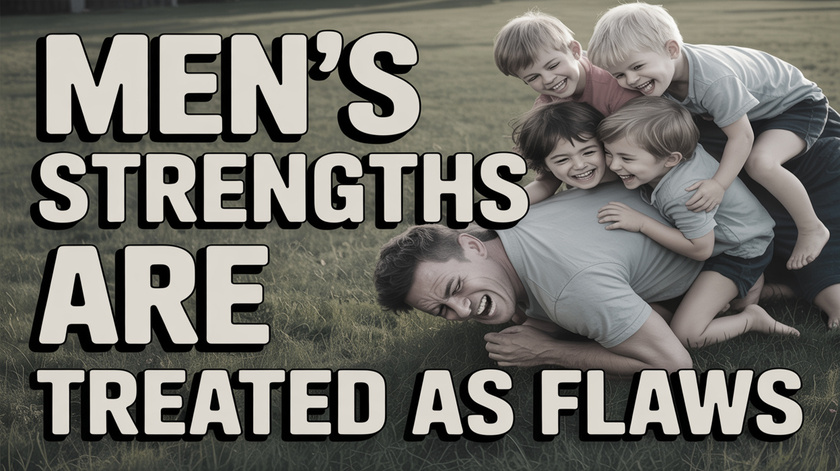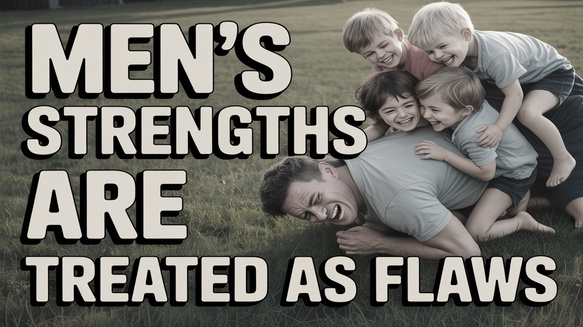
A Quiet Thank You to Men, Today
Today isn’t a day for debate.
It’s a day for gratitude.
So I want to pause and offer a quiet thank you to men — especially the ones who are easy to overlook.
To the men who showed up quietly.
Who didn’t announce their presence or demand recognition.
Who simply did what needed to be done.
To the men who carried financial stress without complaint.
Who worried in silence about providing, about bills, about futures — and still tried to keep the mood light for everyone else.
To the men who fixed, drove, cooked, shoveled, assembled, paid, and planned.
Who solved problems behind the scenes so the day could feel smooth and warm for others.
To the men who swallowed loneliness so others could feel joy.
Who sat at the edge of gatherings, or weren’t invited at all, yet still sent gifts, made calls, or showed kindness where they could.
To the men who didn’t get thanked — and didn’t expect to.
And today, I also want to acknowledge men who carry heavier, quieter burdens.
Men who have been falsely accused, and discovered how quickly the world can turn away from them.
Men who have been divorced and still worked relentlessly to father their children in a hostile environment, where their love was questioned and their access was constrained.
Men who have felt dejected and misunderstood, not because they lacked care or effort, but because the story told about them left no room for their humanity.
Men who have been trying — sometimes desperately — to do the right thing in systems that seemed stacked against them.
Men whose goodness has gone unnamed.
Christmas has a way of highlighting what is visible — gifts, decorations, smiles — but it often misses what is held. The restraint. The responsibility. The endurance. The quiet decision to keep going.
So today, this is simply a thank you.
Thank you for the ways you show love through action.
Thank you for the strength that doesn’t ask to be admired.
Thank you for the steadiness that makes joy possible for others.
You matter. Your efforts count.
Men have always mattered — today is a good day to say it out loud.
Merry Christmas. Men Matter. Men Are Good.


















